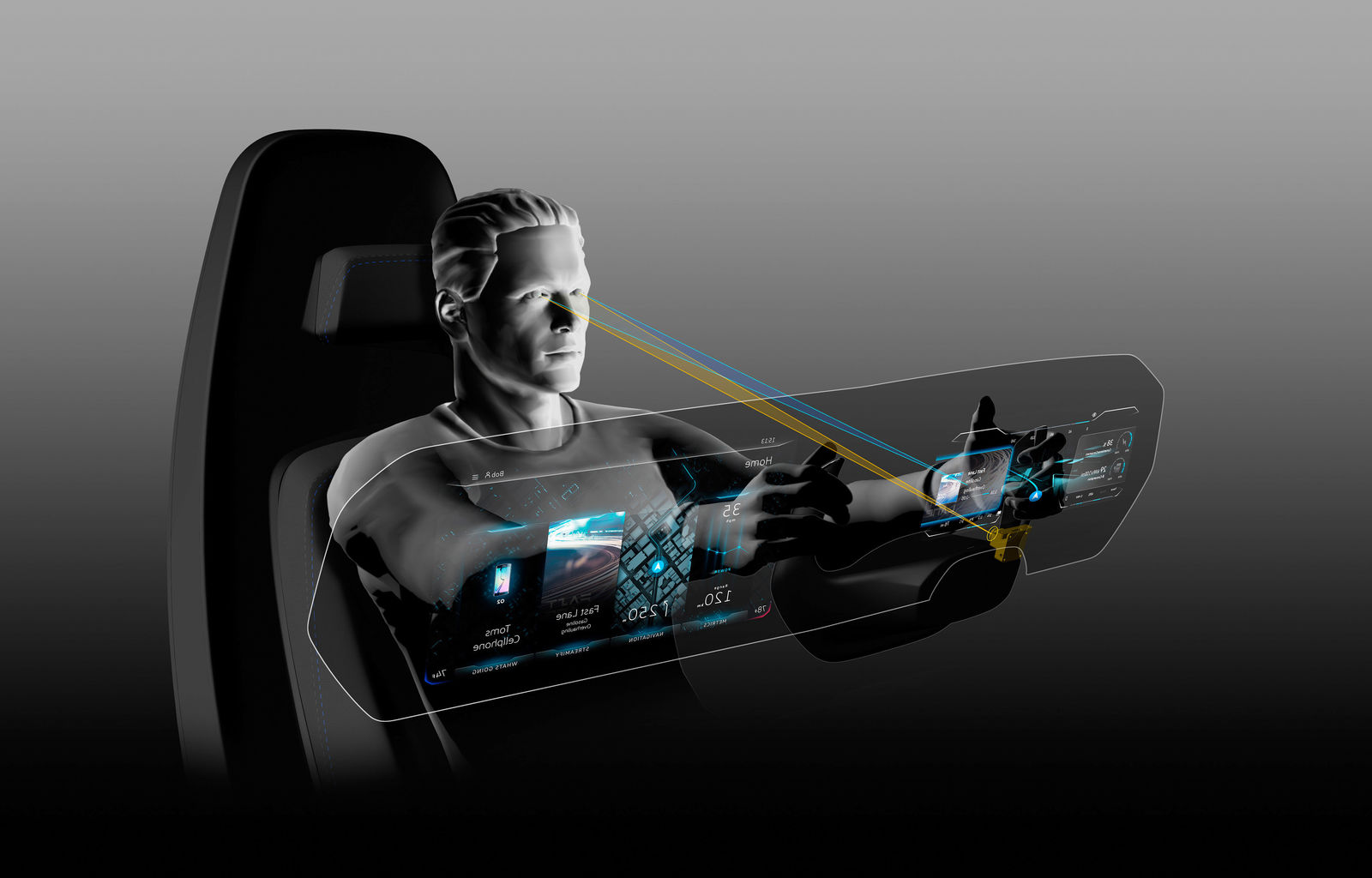The rapid progress of digitalization is changing user behavior and with it the requirements for instruments, displays and controls. However, even in the digital age Volkswagen's aim remains the same: user operation must be simple and the ergonomics perfect. To this end, the communication channels between person and car are continually being optimized.
Volkswagen Digital Cockpit (3D). 'Interactive Experience' shows the next stage in the development of the Volkswagen Digital Cockpit (3D). Two screens set one behind the other create a 3D feel with a fascinating impression of depth. The three-dimensional presentation combined with excellent image quality makes learning to use the display even easier and quicker for the user.
Eyetracking. Add to this a function that recognizes which way the driver is looking and the user-friendliness is further increased significantly. The technology makes it possible for information not to have to be shown constantly on the display. Graphical animations are intentionally shown only when the driver looks at the screen. At the same time, users reach the control they want faster, as there are no longer any intermediate steps in the menu. A nice side-effect: fewer controls on the steering wheel.
AR Head-up Display. Another highlight is the AR Head-up Display. It projects information graphics in virtual form out ahead of the vehicle. This technology has the advantage that it is less tiring on the driver's eyes than displays inside the vehicle. In terms of function and feel Volkswagen goes way beyond what other manufacturers have presented to date. That is because the AR Head-up Display shows information on two levels.
- Level 1: Data of relevance to the route or the distance to the vehicle ahead appears on the road several meters ahead of the vehicle. As a result of the natural positioning on the road itself, the display fits seamlessly into the surroundings, the driver registers what is being shown more easily and understands it at once – driver distraction is significantly reduced.
- Level 2: All other data, such as infotainment indicators, are presented by the AR Head-up Display closer to the windshield. Here drivers are able to access any personally relevant information without having to take their eyes off the road.
Central infotainment display and multifunction steering wheel. Here Volkswagen is systematically building on the control concepts of the Golf R Touch (CES 2015) and BUDD-e (CES 2016). Regardless of the fact that gesture control is now a standard feature in the new Golf, Volkswagen continues to fine-tune the touch slider control function. The Interactive Experience system's central infotainment display thus has multi-finger recognition. It lets users adjust the air conditioning system or audio volume via a menu, for example. Tactile feedback and the way that functions and interactions are illuminated help users to find their way around without having to take their eyes off the road. The same principle is used on the multi-function steering wheel's control pods and here too improves the ease of use.
